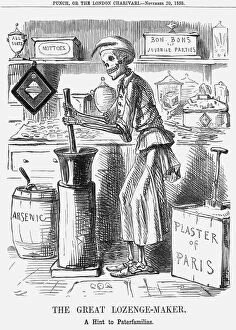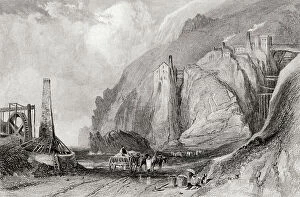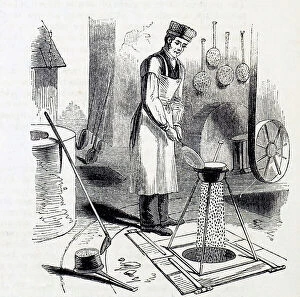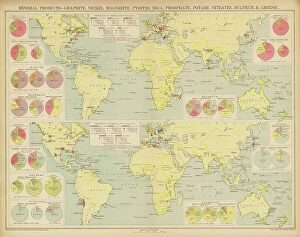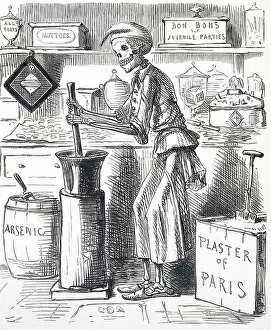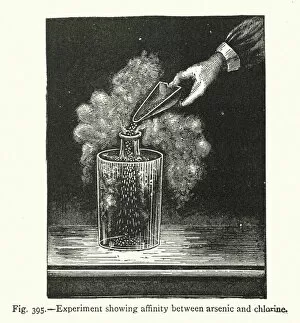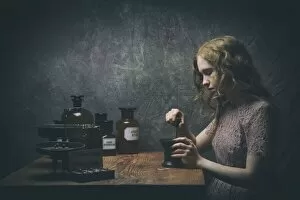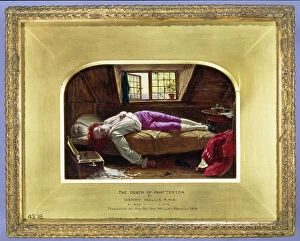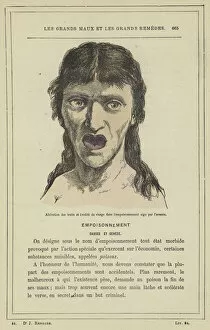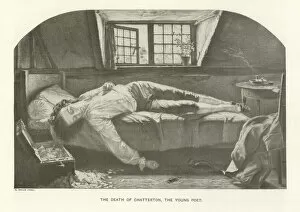Arsenic Collection
Arsenic, a deadly element with a fascinating history, has left its mark on various aspects of human life
All Professionally Made to Order for Quick Shipping
Arsenic, a deadly element with a fascinating history, has left its mark on various aspects of human life. One notable figure associated with this toxic substance is Thomas Chatterton, an English poet and forger who tragically ended his own life at the tender age of 17. In the realm of minerals, arsenic finds its place in Liroconite, a vibrant blue-green gemstone discovered in Wheal Gorland located in St Day, Gwennap, Cornwall, England. This captivating mineral captivated many artists' imaginations over the years. One such artist was John Leech who created "The Great Lozenge-Maker. A Hint to Paterfamilias" in 1858. Little did he know that arsenic played a role not only as inspiration but also as a dangerous component found within Victorian Wallpaper's popular emerald green color. Cornwall's rich mining heritage reveals more about arsenic's presence through minerals like Scorodite from Tincroft Mine and Clinoclase from St Day and Gwennap. These minerals serve as reminders of the dangers miners faced while extracting metals such as molybdenite orpiment along with arsenic itself. The dark side emerges through chilling tales like "Poisoning by Food Adulteration, " depicted in a cartoon highlighting its potential harm when used irresponsibly. The infamous case involving Madame Lafarge further illustrates how this lethal poison can be employed maliciously. As we reflect on these historical events and artifacts related to arsenic, it serves as a reminder that even substances once deemed beautiful or useful can harbor hidden dangers beneath their surface.


